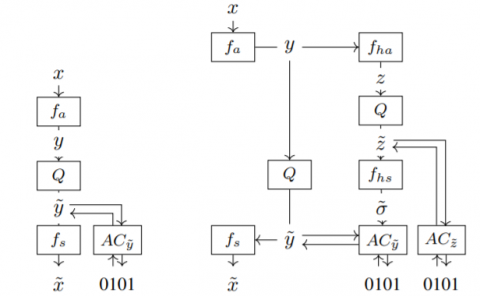Navigating a maze differently - a user study
PubDate: Sep 2018
Teams: Emory University;University of Georgia
Writers: Aryabrata Basu, Kyle Johnsen
PDF: Navigating a maze differently - a user study

Abstract
Navigating spaces is an embodied experience. Examples can vary from rescue workers trying to save people from natural disasters; a tourist finding their way to the nearest coffee shop, or a gamer solving a maze. Virtual reality allows these experiences to be simulated in a controlled virtual environment. However, virtual reality users remain anchored in the real world and the conventions by which the virtual environment is deployed influence user performance. There is currently a need to evaluate the degree of influence imposed by extrinsic factors and virtual reality hardware on its users. Traditionally, virtual reality experiences have been deployed using Head-Mounted Displays with powerful computers rendering the graphical content of the virtual environment; however, user input has been facilitated using an array of human interface devices including Keyboards, Mice, Trackballs, Touchscreens, Joysticks, Gamepads, Motion detecting cameras and Webcams. Some of these HIDs have also been introduced for non-immersive video games and general computing. Due to this fact, a subset of virtual reality users has greater familiarity than others in using these HIDs. Virtual reality experiences that utilize gamepads (controllers) to navigate virtual environments may introduce a bias towards usability among virtual reality users previously exposed to video-gaming.
This article presents an evaluative user study conducted using our ubiquitous virtual reality framework with general audiences. Among our findings, we reveal a usability bias among virtual reality users who are predominantly video gamers. Beyond this, we found a statistical difference in user behavior between untethered immersive virtual reality experiences compared to untethered non-immersive virtual reality experiences.



